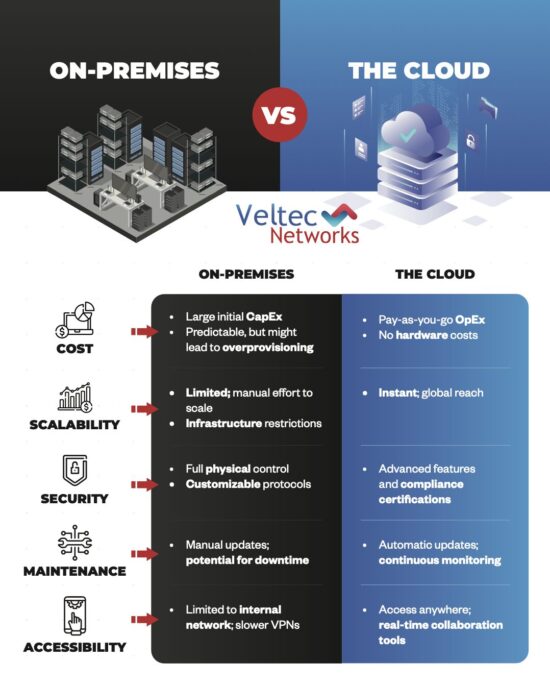Best Practices For COVID-19 Remote Work
Have you been taking it one day at a time during the pandemic? If you haven’t developed a plan for managing and supporting your remote staff yet, then you’re behind. But it’s not too late to start, or to assess and optimize your current processes that are already in place.

Have you been able to keep your staff working while they’re stuck at home?
Check out our latest video to learn more about improving your remote work capabilities:
It’s Never Too Late To Double-Check Your Remote Work Capabilities
- Connections: Your employees need a viable Internet connection to access business data and applications. This only becomes an issue if your staff members are located in rural or remote areas that still lack a strong Internet option.
- Home Tech: Your employees require the right technology in their homes in order to continue working like they normally would in the office. In this day and age, you could assume that your employees all have laptops or desktops at home, but that may not be the case. You’d be surprised how many people rely on a smartphone or tablet for all their personal computing needs.
- Required Storage Space: Are you sure you have enough cloud storage and email storage space for your entire staff? They won’t be able to save files locally to their work computers anymore, which means your storage needs will go up.
- Managed Access Rights: Have you determined where there are any files that should not be accessed by staff remotely? If you operate in a regulated industry like healthcare or finance, you may want to section off certain sensitive data.
- Remote Roles: While most jobs can be done from home, you should take a moment to consider what jobs specifically can be managed while outside of the office.
- Correct Licensing: Have you invested in the necessary number of licenses for all of your staff members to work remotely? Some cloud platforms and applications will have a limit, which may not have mattered in the office, but could slow your business down in a fully-remote model.
- Meeting Platforms: You’ll want to invest in a way for your staff to meet, both together, and with clients. While an audio-only conference call can suffice, many prefer to use video meeting software like Microsoft Teams. This allows for a more personal and connected experience in meetings.
- Business Phones At Home: If you and your team are used to communicating over the phone at the office, you’ll likely want to maintain that standard as you switch to a work-from-home model. That’s why you should look into cloud-hosted phone systems, which can maintain your business numbers and lines, and route incoming and outgoing calls through the cloud to your staff’s devices at home.
Don’t worry if you’re not sure how to deal with these problems – you’re not on your own. The Veltec Networks team is available to assist businesses like yours in optimizing remote work capabilities.
Like this article? Check out the following blogs to learn more:
Phishing Scams Spike During Coronavirus
How to Protect Your Business
How to Support Remote Workers With G-Suite Tools During COVID-19
Google Hangouts Helps Bay Area Businesses Through Coronavirus






